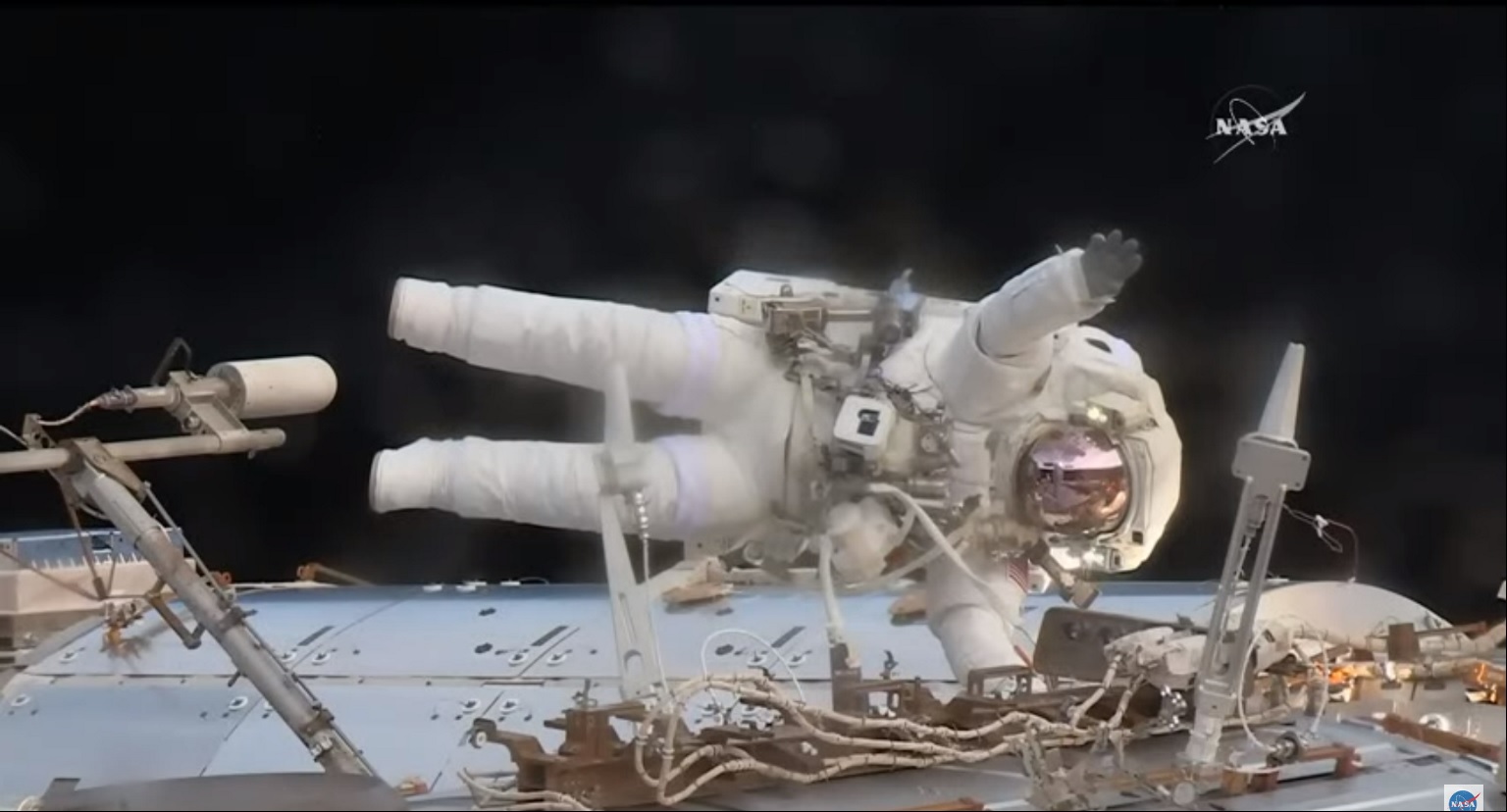
NASA wants a new group of astronauts to explore the moon and maybe even Mars.
Astronaut applications to NASA are due on April 2, giving U.S. citizens the chance to fly to the moon and maybe even to Mars if selected.
The requirements are steep: A master's degree in science, technology, engineering or math; three years of professional experience, medical residency or 1,000 pilot-in-command hours for pilots; and passing a long-duration physical. More details are available on the agency's website.
"Astronauts will explore and conduct experiments where humans have never been: The lunar south pole," NASA officials wrote in the announcement. "With NASA's plans for the future of exploration," the agency added, "new astronauts will fly farther into space than ever before on lunar missions and may be the first humans to fly on to Mars."
Related: NASA graduates new astronaut class as it begins recruiting for more

The last time NASA selected astronaut candidates in 2021, more than 12,000 people applied. From thousands, the American cohort was whittled down to only 10 people. The Americans and two United Arab Emirate astronauts graduated from 2.5 years of basic training Tuesday (March 5).
New recruits are known as astronaut candidates until they complete their basic training, which includes "basic astronaut skills like spacewalking, operating the space station, flying T-38 jet planes and controlling a robotic arm," the agency added.
NASA's first astronaut recruitment was in 1959. In the following 65 years, the agency has recruited 360 people as astronaut candidates, according to agency statistics: 299 men, 61 women; 212 military, 138 civilians; 191 pilots, 159 non-pilots. Almost all of those people made it to space at some point.
These days, opportunities are abundant: Possible moon or lunar space station flights for the Artemis program, long-duration missions on the International Space Station, the prospect of new commercial space stations and a variety of spacecraft to fly.
If the astronauts are going to low Earth orbit, there's a choice of SpaceX's Crew Dragon, Boeing's Starliner or Russia's Soyuz spacecraft. Moon missions would use SpaceX's Starship or Blue Origin's Blue Moon for landings, and NASA's Orion spacecraft (led by Lockheed Martin) for transportation.
Flights will only take up a minority of a typical astronaut career, however, meaning astronauts will spend most of their time supporting other missions on the ground in Mission Control or through development projects.
If you can't qualify with NASA, other opportunities for space may be available. Virgin Galactic and Blue Origin are running brief, if pricey, trips to suborbital space from time to time. Axiom Space brings commercial astronauts to the ISS for short-duration missions. And there are other space agencies participating in Artemis and ISS that recruit their own astronauts as well.







